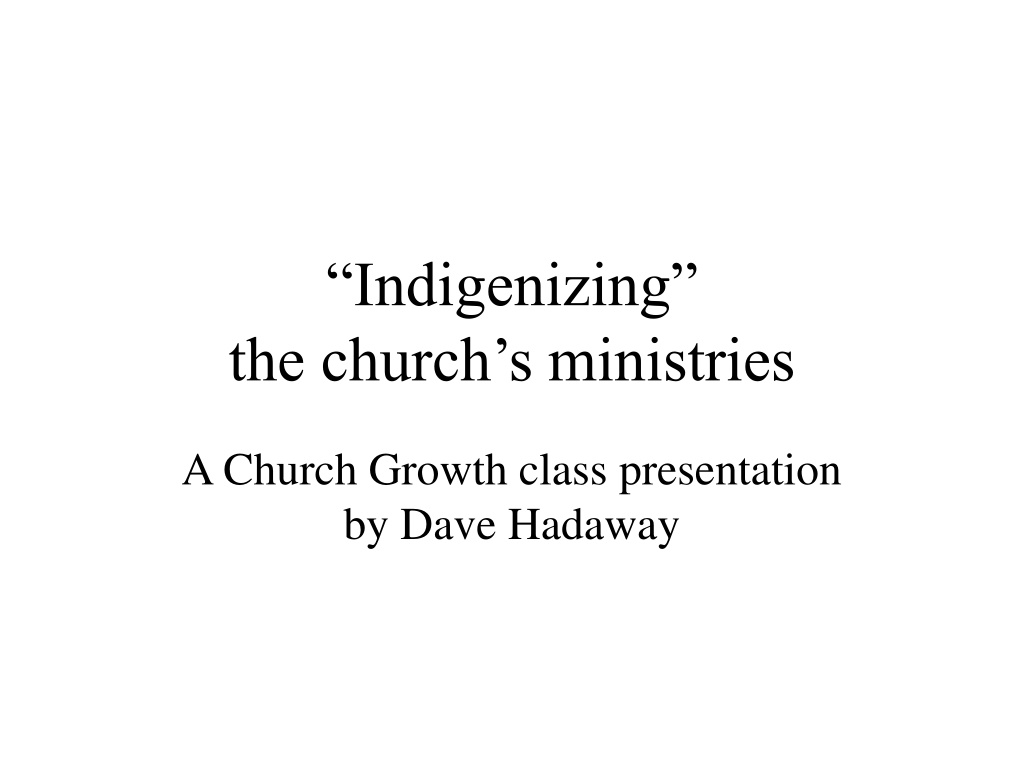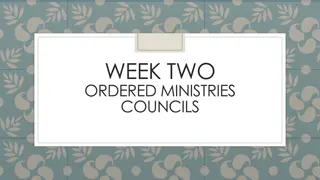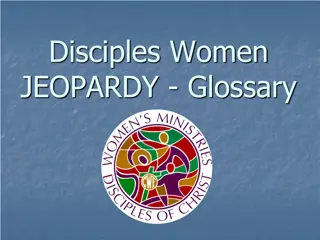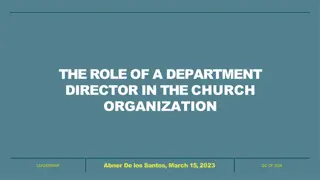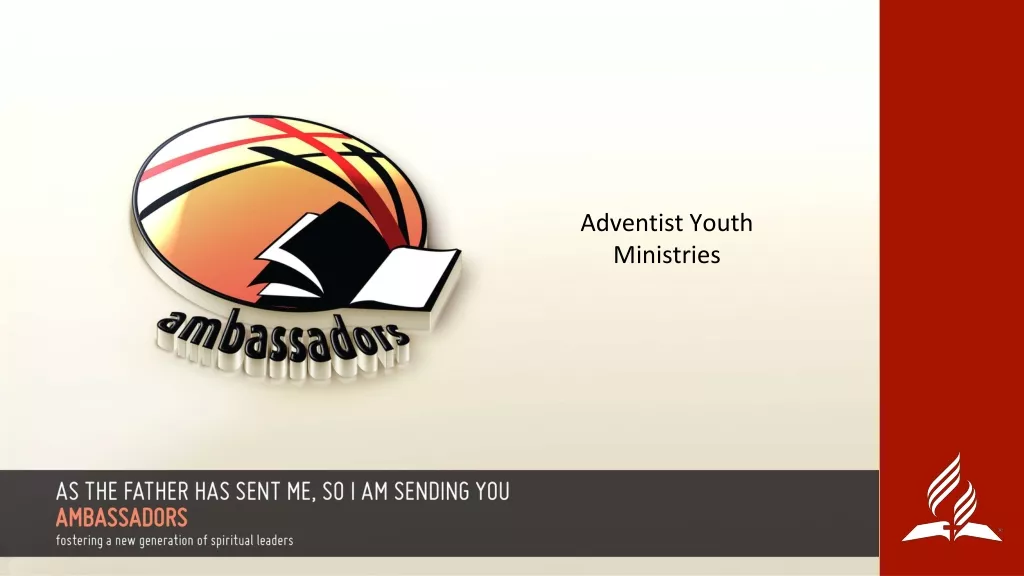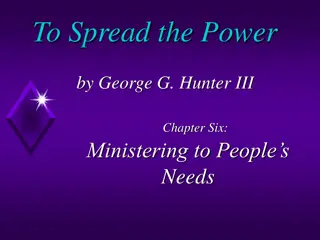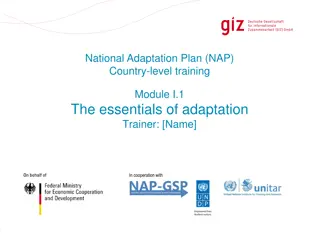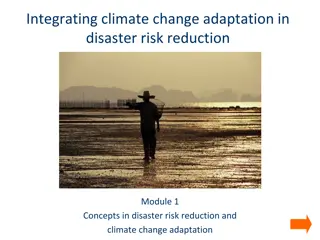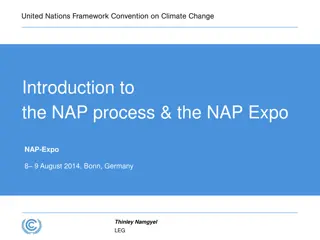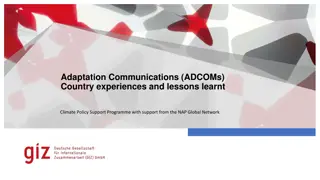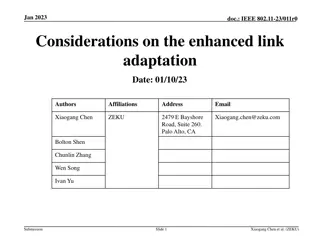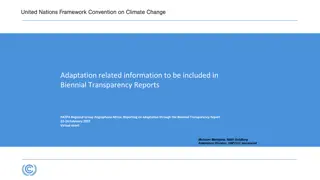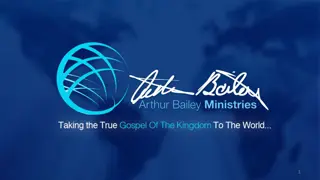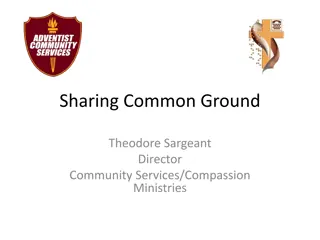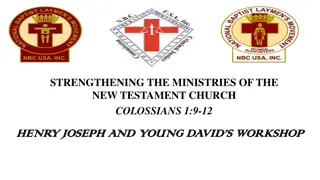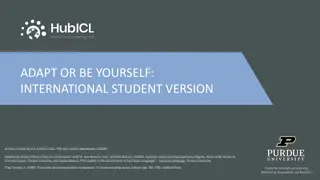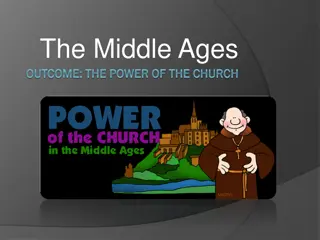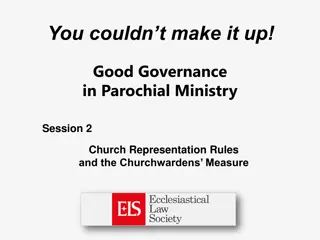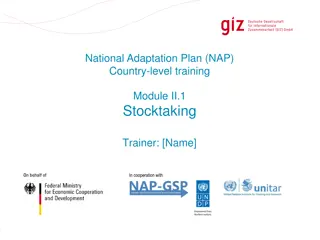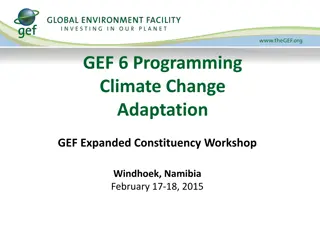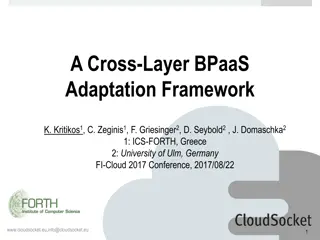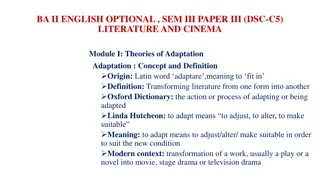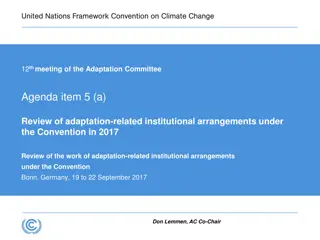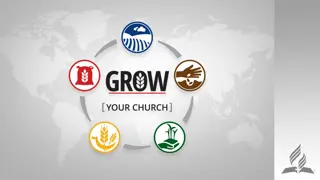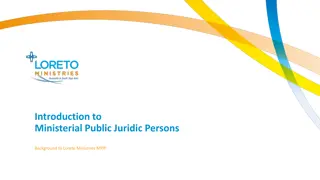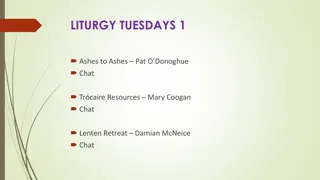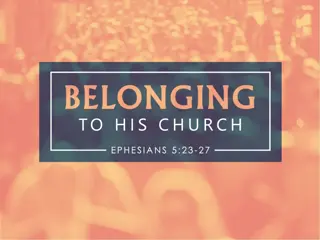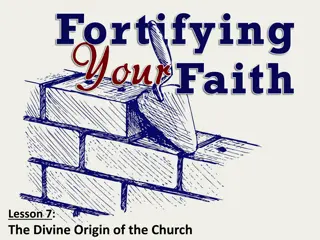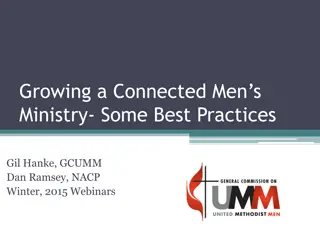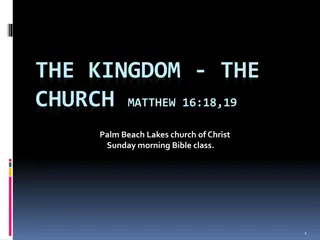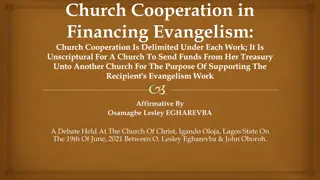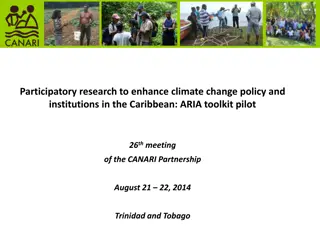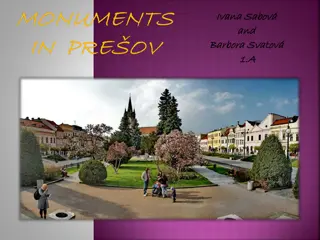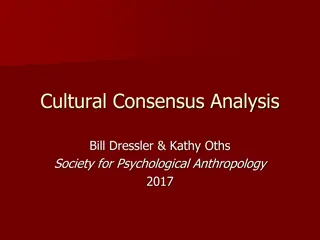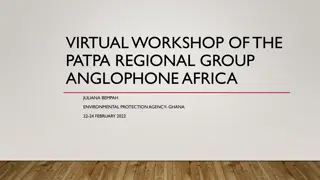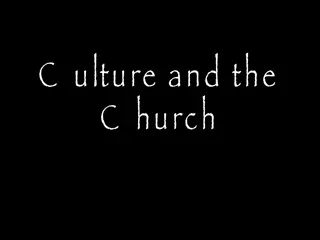Enhancing Church Ministries Through Cultural Adaptation
Explore the concept of indigenizing church ministries through the lens of missionary anthropology and crossing cultural boundaries. Learn how to develop an indigenous strategy to convey the gospel effectively in diverse cultural contexts, illustrated by evangelism levels varying from one's own culture to different language and culture families.
Download Presentation

Please find below an Image/Link to download the presentation.
The content on the website is provided AS IS for your information and personal use only. It may not be sold, licensed, or shared on other websites without obtaining consent from the author. Download presentation by click this link. If you encounter any issues during the download, it is possible that the publisher has removed the file from their server.
E N D
Presentation Transcript
Indigenizing the church s ministries A Church Growth class presentation by Dave Hadaway
It all begins in Texas A young man feels called to the ministry. The pastor allows him to preach and all the people feel this man is truly called. Through many pancake suppers they raise enough money to send him to college. One day he returns and is asked to preach. What comes out of his mouth is totally beyond their comprehension. What happened?
U.S. subcultures 12% Black (African, Caribbean, Jamaican) 12% Hispanic 3.7% Asian and Pacific Islander .7 %: Native American (All Tribes) Others: Jewish, French Canadian, Cuban, and French Creole (Haiti) Source: U.S. Census Bureau
Crash course in Missionary Anthropology CULTURE - the integrated system of learned ideas, behavior patterns, and products characteristic of a society. VALUES - culturally defined assumptions about what is good or bad . ATTITUDES - a collection of what a group of people are for or against. BELIEFS - a collection of what a group of people assume to be true or false. A culture s mental map of the world is learned: We begin learning it at infancy. We learn by watching others, by reward and punishment, and especially through our culture s language.
Crossing cultural boundaries When people of two cultures come into contact, the experience can be amusing confusing frustrating conflictive.
Toward an Indigenous Strategy Our task is to rewrap the gospel in the clothing of another culture, to convey it in a vessel that will transport the gospel s meaning to people of that culture. All of us have received the gospel wrapped in the clothing of our particular culture, and thus to us the faith spread.
Evangelism Levels E1 Level- communication of the gospel generally of my own language and culture.
Evangelism Levels E2 Level - communication of the gospel to people of a different language and culture, but still of the same culture family .
Evangelism Levels E3 Level - communication and outreach to a people of a VERY different language and culture, from a different culture family .
Unreached or Hidden Peoples 2.5 billion unreached people 16,750 distinct societies 5,200 distinct languages or dialects NO indigenous church NO Cultural near-neighbors
Problem of nominal Christians The IDEAL for all Christians: 1. Become followers of Christ. 2. Be incorporated into the body of Christ. PROBLEM: 70 million nominal Christians
Nominal Christians: 4 key concepts 1. This is E-0 evangelism: no cultural or language barriers. 2. An opportunity we may not have forever. 3. Many nominal Christians are awakened and searching. 4. Most churches are too focused on getting their nominal members back to do real evangelism or outreach.
The problem of giving first priority to our own Inactives 1. Others perceive them as having been insincere. Problem was they never felt they were part of the fellowship.
The Problem of Giving First Priority to Our Own Inactives 2. Problem of feeling rejected or having an unresolved conflict makes them hard to win back.
The Problem of Giving First Priority to Our Own Inactives 3. It is possible for another church to attract your inactives
The Problem of Giving First Priority to Our Own Inactives 4. Interview your inactive members. Learning why they left may help you win them back.
The Problem of Giving First Priority to Our Own Inactives 5. There are no important cultural differences between your active and inactive membership.
Expanding the E-1 Evangelism Level E-1-B: Much like communicator Do not know or trust one another Have much in common Can use own testimony E-1-A: Own culture and subculture. Intimates, relatives. Colleagues, etc. Have many natural links
Expanding the E-1 Evangelism Level E-1-D: Hyphenated subculture Afro, Korean-Americans American enough to live in U.S. Retain former cultural identity Socially interact mainly with own Takes probing & interviewing E-1-C: Same culture, different subculture Differences in customs lifestyles, education, class, etc. Hard for them to trust and respond Not comfortable with communicator Requires adaptation
Guidelines for indigenizing 1. Acquire a genuine sensitivity to cultural factors and to people of other cultures. 2. Consciously work to identify with the people and their customs. 3. Learn and use their language. 4. Use styles of clothing, church architecture, worship music, settings and liturgies to which they can relate.
Guidelines for Indigenizing 5. Use appropriate responses. Don t try to win them with the type of responses that applied to your conversion. 6. Use indigenous styles of leadership. 7. Recruit and develop indigenous leaders.
The Transitional Church Perceives changes in the community as opportunities rather than problems Quickly moves to attract and disciple those receptive to the gospel Quickly develops and elevates new people into leadership positions
The Transitional Church Uses culturally appropriate images, music and liturgy Reaches out across the social networks of already received -- friends and relatives. Starts new ministries that engage felt needs of the target population.
Homogeneous Units A homogeneous church is not necessarily of one race, but rather of one culture. Problems: No one church can effectively minister to all people. Sometimes churches must sacrifice a culturally homogeneous church for the sake of reaching a particular group.
Conglomerate Churches: 3 guiding principles 1. 2. Leaders must be culturally aware. Church needs to staff to meet the diversity it ministers to. Because there will be conflicts, church leadership must have conflict management training. 3.
Meanwhile, back in Texas... Our young preacher was invited back to preach to his home church once again, but this time he had learned the importance of meeting the people in their culture. As Paul wrote, I have become all things to all men that some might be saved.
This PowerPoint presentation is available along with related materials and other PowerPoint presentations at http://home.snu.edu/~hculbert/ppt.htm
